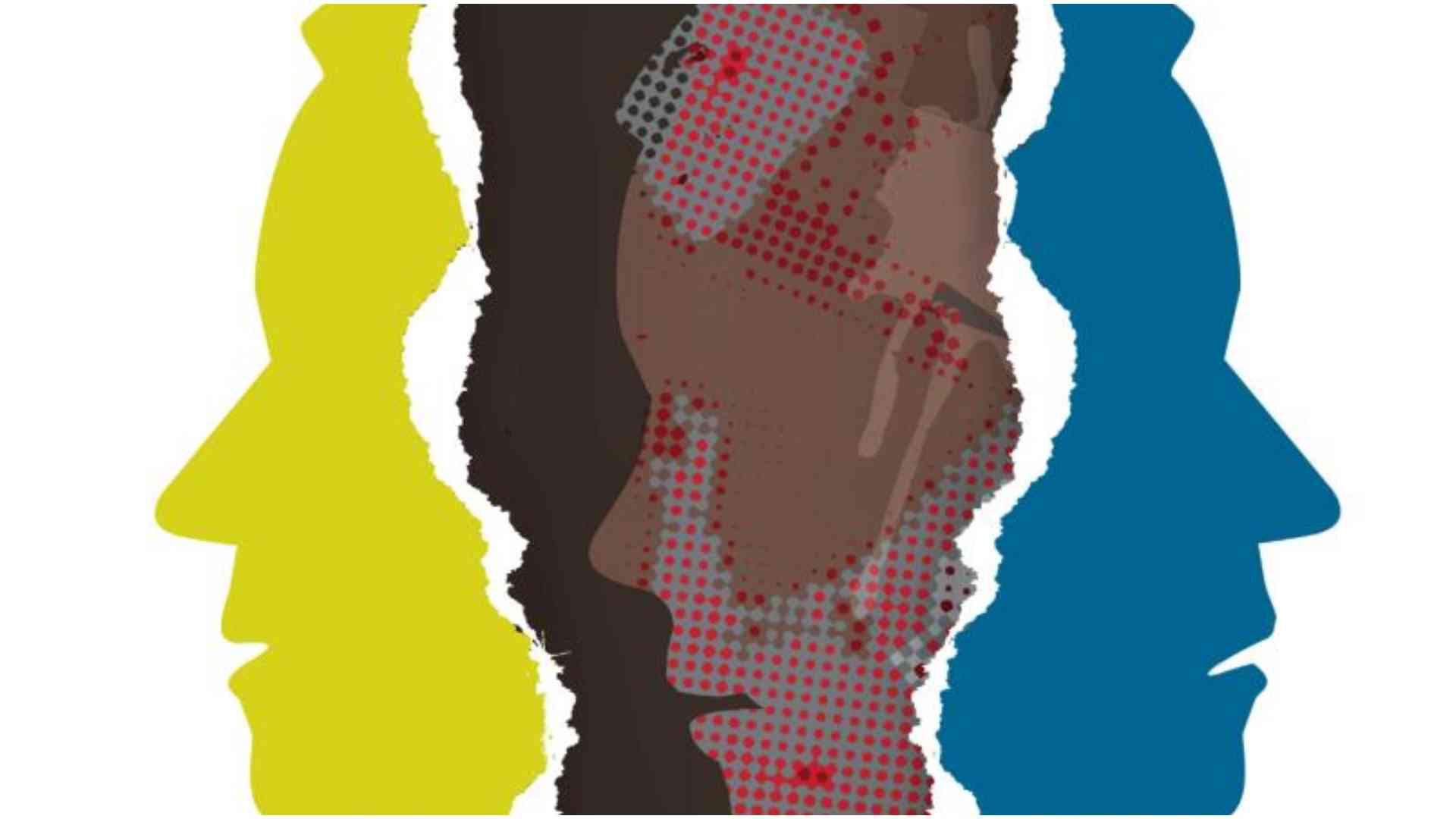
The most common problem associated with food across the world is the lack of it. While lack of appetite to consume is also quite common, most people don’t know that there are also several other food related problems, among them eating disorders.
Obsessions with food, body weight and shape among others are fatal behaviours that cause severe disturbances to the affected person’s feeding behaviour and often lead to serious health problems. Eating disorders physically, psychologically and socially affect the victim. Affecting various people for various reasons or factors, these are among the most common eating disorders;
Binge eating disorder (BED)
People with BED often go through recurrent episodes of eating large quantities of food, a feeling of a loss of control during the binge, then shame, distress or guilt afterwards. BED is characterized by very quick eating and to the point of discomfort and affected people are often unable to stop and they feel loss of control throughout the episode. Sometimes, one can binge eat for up to six months, repeating the cycle from eating to feeling guilty and then eating some more.
Anorexia nervosa
Common among women than men, anorexia nervosa victims often imagine they are fat and overweight and hence reduce their food intake to almost nothing. This consecutively leads unhealthy weight loss and they become dangerously thin. They have a disturbed body image, including extreme emphasis on their appearance and are constantly worried of gaining even the slightest weight.
Selective Eating Disorder (SED)
SED is now referred to Avoidant/restrictive food intake disorder (ARFID) and is characterized by refusal to consume certain foods based on their appearance, smell, taste, texture, brand, presentation, or a past negative experience with the food. This often leads to constant failure to meet appropriate nutritional needs. People with ARFID are often seen as picky eater who are so selective on what they eat, often failing to meet the required nutrition from feeding.
Pica
While foods are meant to give us nutritional value, some people develop an appetite for non-food stuff like cloth, ice, wool, dirt, soil, chalk, soap, paper, and paint among others. Although this eating disorder is most frequently observed in children, pregnant women, mentally disturbed people and more adults are being diagnosed now. Most occurrences of Pica are triggered by nutrient deficiency such as low potassium levels. Victims of this eating disorder are often at risk of poisoning due to the different things they ingest.
Persons with this disorder voluntarily bring up previously swallowed food up which is followed by either rechewing and reswallowing or expulsion. Although it’s more common in children and mentally retarded adults, recent researches conducted show it exists in normal adults too. Rumination in adults is often confused with vomiting and can lead to acute nutrient deficiency.
Bulimia nervosa
Also known as Bulimia, this eating disorder is characterized by eating a lot of food in a short while (binge eating) and forcing it out through vomiting (purging) or taking laxatives. Victims of Bulimia often oscillate between the urge to eat a lot and the need to avoid gaining weight. They feel the huge appetite for huge servings and feel guilty about it shortly after and look for ways to expel the foods from their bodies. Some people with Bulimia even opt to fast after a binge eating cycle.
 The Standard Group Plc is a multi-media organization with investments in media platforms spanning newspaper print
operations, television, radio broadcasting, digital and online services. The Standard Group is recognized as a
leading multi-media house in Kenya with a key influence in matters of national and international interest.
The Standard Group Plc is a multi-media organization with investments in media platforms spanning newspaper print
operations, television, radio broadcasting, digital and online services. The Standard Group is recognized as a
leading multi-media house in Kenya with a key influence in matters of national and international interest.










